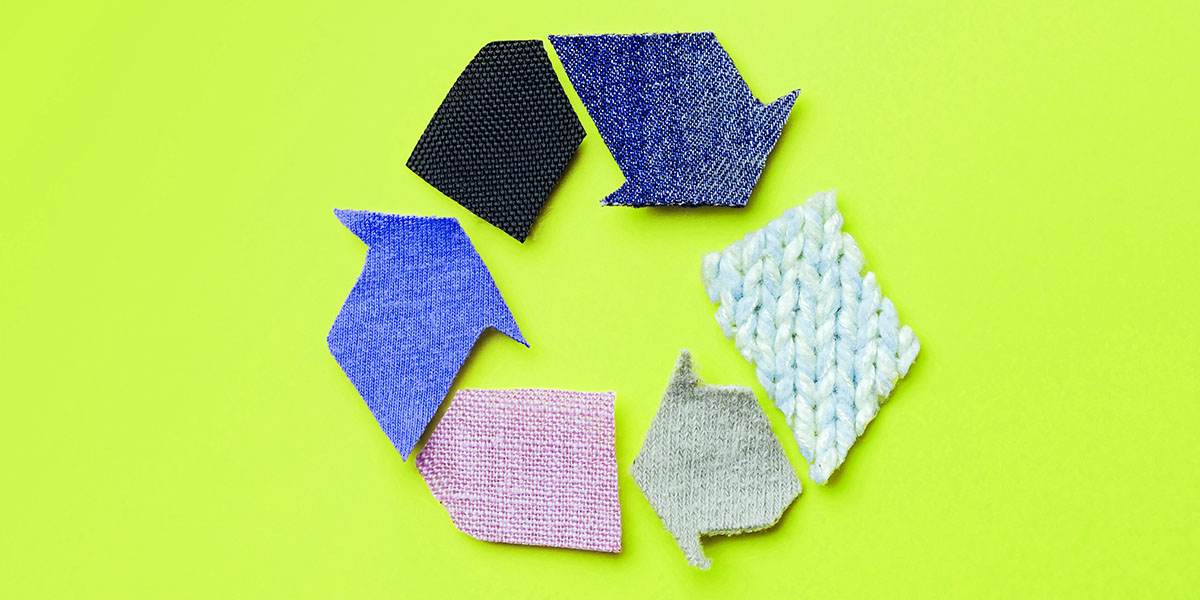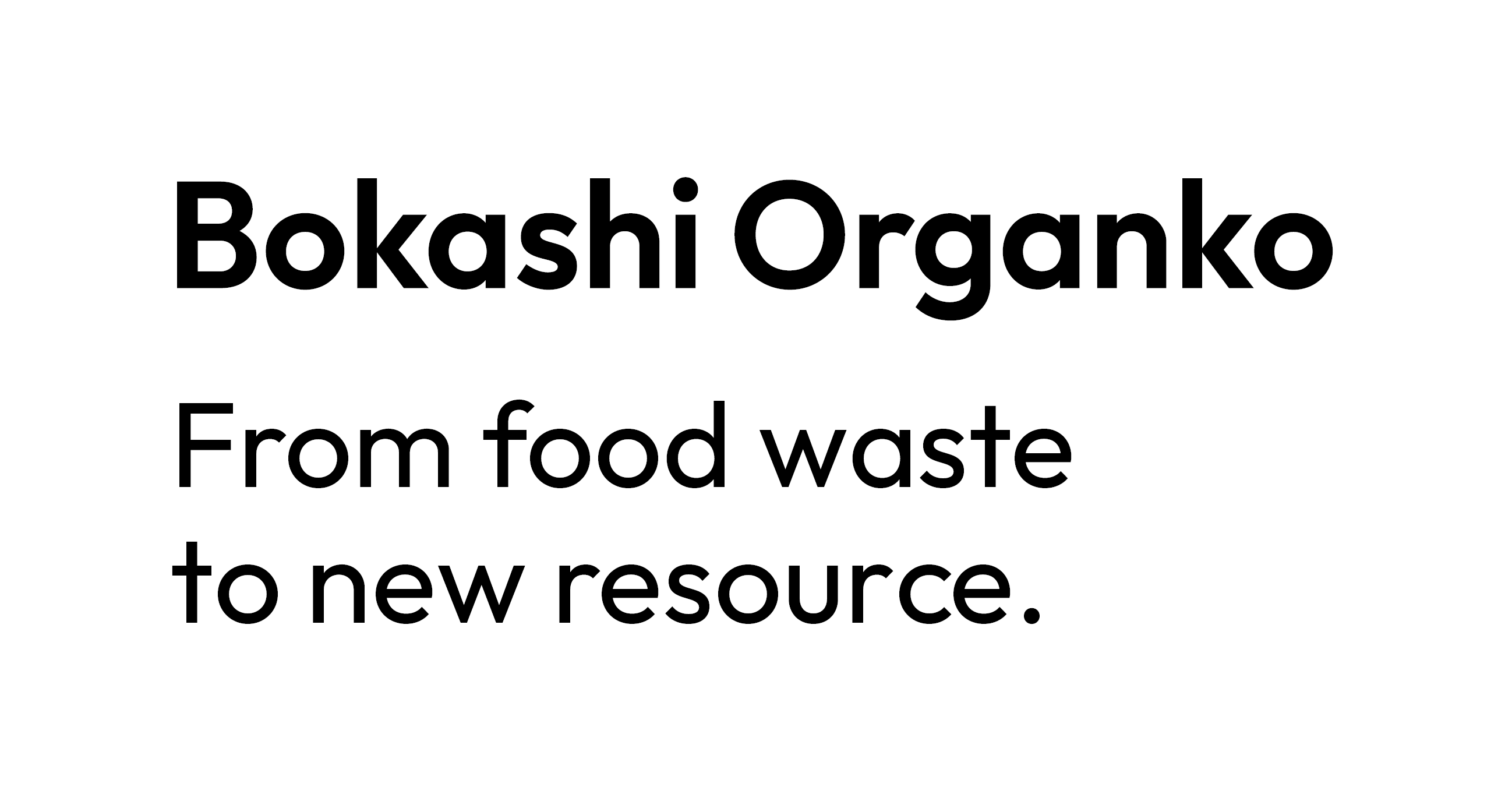Last month marked two important dates for the environment. The first one is International Day for the Preservation of the Ozone Layer celebrated on the 16th of September and the second is Zero Emissions Day established on the 21st of September. The idea is to spread awareness about how carbon emissions are inducing climate change and give the world a rest from fossil fuels for a day. Each one of us is responsible for a certain amount of personal CO2 released into the atmosphere, but fortunately, there is a lot we can do to lower those emissions and start sustainable living for beginners. In this article, we will go through the major sources of carbon emissions in our households and review some hands-on solutions that can help us bring down those numbers.
What adds up to the amount of personal CO2 in a household?
From what we eat, to how we commute, what we wear and which services we use, everything adds up to the amount of personal CO2 we produce. In the United States, for instance, households generate 5.43 gigatons of carbon dioxide emissions every year and about 82.3% of those are produced domestically. The two biggest sources of greenhouse gas emissions in our homes are transportation and heating, followed by electricity use, the food we eat and how we treat our waste.
As a society, one of the resolutions we should strive for is an efficient, well-organized and affordable public transportation system since cars emit a lot of exhaust which pollutes the air and is dangerous for our health. Choosing renewable sources of energy such as wind and solar power can significantly reduce the CO2 amount emissions. On a municipal level, there should be incentives for people to recycle and properly dispose of their waste.
We invite you to evaluate how much carbon footprint you produce each year and think about how to improve your habits for a better future on our planet in order to finally answer the question "How to reduce CO2". Change often begins on a personal level, so below, we share a few ways you can reduce the amount of personal CO2.
 1. Transportation
1. Transportation
Whenever you can, opt for public transport such as bus, train and metro. If you’re a car owner or buying a new car, think if you really need it and choose an eco-friendly model. Car-sharing is a great solution for those living in the cities who only use a vehicle for grocery shopping or a trip now and then. Besides, it saves you all the parking stress, and who wouldn’t like that? An even greater solution is biking or walking to your destination; you’re lowering up those carbon emissions while increasing your daily step count.
 2. Diet
2. Diet
Food accounts for 10-30% of a household’s carbon footprint, but we can change that if we eat less meat and dairy products which have a higher carbon footprint than grain or vegetable products. It is better to opt for seasonal and locally produced food, as there is less transportation and storage involved, resulting in a much lower amount of CO2 emitted.
 3. The 5 R’s of zero waste living
3. The 5 R’s of zero waste living
You may have already heard about the 5 R’s as the basis of a zero-waste lifestyle. The abbreviation refers to refuse, reduce, reuse, rot, recycle – in this particular order. Refuse free gifts, subscriptions and things you don’t need, as this is the first step to prevent a pile of stuff accumulating in your house that will eventually end up in the landfill. Reduce your purchases and think twice before buying a new shiny outfit – this too adds up to your carbon footprint calculation. Reuse the things you already have, be creative and search for ideas online. You wouldn’t believe how much you can make with what you already have. The fourth R refers to rotting your kitchen scraps with the help of a composter. Don’t own a house with a garden? No problem, the Bokashi Organko composter is suitable even for apartments. It reduces your bio-waste by 25% and is very easy to use. Last but not least, recycle. Separate your paper, glass and plastic waste so it will be recycled and returned to the production loop.
 4. Clothes and fashion
4. Clothes and fashion
It is estimated that fashion accounts for around 10% of greenhouse gas emissions, so let’s try and be mindful about what we wear. It is much more sustainable to have a closely curated wardrobe composed of high-quality pieces that will last, than to buy new fast fashion items every week. Aside from that, second-hand and vintage clothing is a fun and eco-friendly way to refresh your closet and keep the amount of personal CO2 at bay.
 Sustainability is one of the core values at Skaza; we are committed to taking better care of the planet and preventing greenhouse gas emissions. We are building sustainable products and continually strive to improve energy consumption. Our R&I department is constantly searching for ways to minimize the use of resources, rely on renewable energy and develop new sustainable materials. We encourage our employees to reassess their consumer practices and minimize their impact on the environment. We believe that our generation is responsible for the quality of life on Earth, and we are hoping to face future challenges with innovative ideas, accountability and optimism.
Sustainability is one of the core values at Skaza; we are committed to taking better care of the planet and preventing greenhouse gas emissions. We are building sustainable products and continually strive to improve energy consumption. Our R&I department is constantly searching for ways to minimize the use of resources, rely on renewable energy and develop new sustainable materials. We encourage our employees to reassess their consumer practices and minimize their impact on the environment. We believe that our generation is responsible for the quality of life on Earth, and we are hoping to face future challenges with innovative ideas, accountability and optimism.


